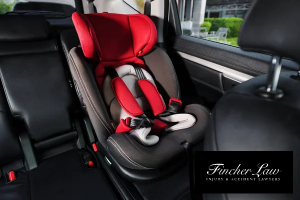
After a car accident, you might wonder if you need to buy a new car seat. It's a crucial question for the safety of your child. Car seats are designed to protect children in crashes, but they might not work as well after an accident. Now, we will explore why and when you should consider getting a new car seat. At Fincher Law, we know that your child's car seat is a crucial safety measure in a moderate or severe crash, and we care about the safety of your children.
Car seats play a crucial role in keeping children safe on the road. However, a car accident can compromise the seat's integrity. Even if the seat looks okay, hidden damage could reduce its effectiveness. Understanding how accidents affect car seats is essential for your child's safety. Even in a minor car accident, your child could get hurt if the car seat is not installed correctly.
Learn more below. Then, contact us to schedule a free consultation.
Car seats are built to withstand certain types of impacts. But after a crash, they may be less reliable. It's like how a bike helmet should be replaced after a fall. The damage might not be visible, but the safety could be reduced.
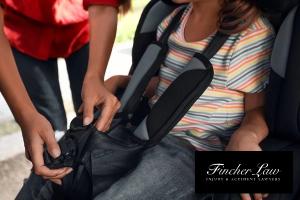
Check your car seat closely after any accident. Look for noticeable signs of damage, like cracks or frayed straps. But remember, not all damage is visible. Minor fractures or weakened materials might not be apparent.
If you need more clarification about the damage, it's better to err on caution. Even a minor crash can cause unseen damage. This damage can make the seat less effective in protecting your child. It's always safer to replace the car seat after any accident, even in a pedestrian accident.
The National Highway Traffic Safety Administration (NHTSA) gives clear advice. They recommend replacing car seats after moderate or severe accidents, even if there were no child injuries. In minor crashes, it might be okay to keep using the seat. But you need to check that the door nearest the car seat was undamaged, the car could be driven away, the airbags didn't deploy, no one in the car was injured, and the car seat itself has no visible damage.
Even in minor car or truck accidents, be cautious. If you're in doubt, replace the seat. It's not worth the risk to your child's safety. Remember, the primary goal is to ensure maximum protection for your child.
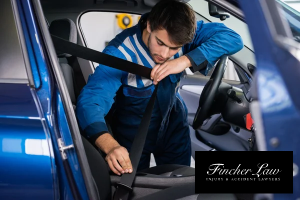
Experts agree that you should always put safety first. If your car seat was in a vehicle during a crash, replacing it is the safest bet. This is especially true for severe accidents. The forces involved can significantly damage the car seat's structure.
But even in minor accidents, be careful. If you can't confirm that all the NHTSA criteria for a little crash are met, get a new seat. It's a small price to pay for your child's safety. Your child's well-being is the top priority.
Every state has laws about child safety in vehicles. These laws often include guidelines about car seats after accidents. Knowing and following these laws is crucial to keep your child safe and avoid legal issues.
Kansas law, for instance, has specific requirements for child safety seats. Under Kansas Statutes Annotated Section 8-1343, children under the age of four must be secured in an approved safety seat. The statute doesn't explicitly mention post-accident scenarios but implies the need for a functional, safe car seat at all times.
In addition, Kansas law emphasizes using car seats according to the manufacturer's instructions. After an accident, these guidelines become even more crucial. They often advise replacing the seat after any crash, regardless of its severity.
Many car seat manufacturers offer warranties. These warranties sometimes cover replacement after an accident. It's essential to check your car seat's warranty for such provisions.
However, they rely on more than just the warranty. Manufacturers also provide safety guidelines. These guidelines often include instructions for post-accident situations. It's wise to follow their advice if they recommend replacing the seat.
Using a damaged car seat can have serious legal consequences. You could be held responsible if the car seat fails in an accident. This is especially true if the seat was clearly damaged from a previous crash.
Using a damaged car seat can lead to fines or even criminal charges in some states. The law expects you to ensure your child's safety in the car. Ignoring this responsibility can have severe legal repercussions.
After a crash, examine your car seat thoroughly. Look for any signs of stress, such as cracks or deformations. Check the seat's base, the buckles, and the straps for damage. This is particularly important if your car seat is close to the vehicle door nearest to the crash site.
If you find any damage or if you're unsure, consult with a professional. Many car seat manufacturers have helplines for this purpose. They can help you determine if the seat is still safe to use. Contact your car seat manufacturer if you have questions about whether it is time to invest in a replacement car seat.
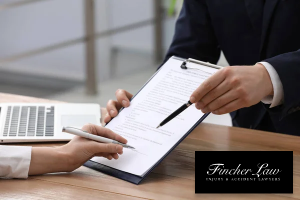
Your car insurance company may cover car seat replacement after an accident. Check your policy or contact your insurance provider. They can tell you if car seat replacement is included and how to file a claim.
When filing a claim, be thorough. Provide photos of the damaged seat and details of the accident. This documentation can help ensure your claim is processed smoothly. The same could be true if you have a booster child seat.

Ultimately, your child's safety is paramount. Replacing a car seat after an accident is often the safest choice. If you're facing legal questions or insurance issues related to a car seat in an accident, we can help.
At Fincher Law, we understand the importance of your child's safety. We offer expert legal advice and support for car seat replacement claims. Don't hesitate to contact us for assistance. We're here to help you navigate these critical safety decisions. Contact us today.
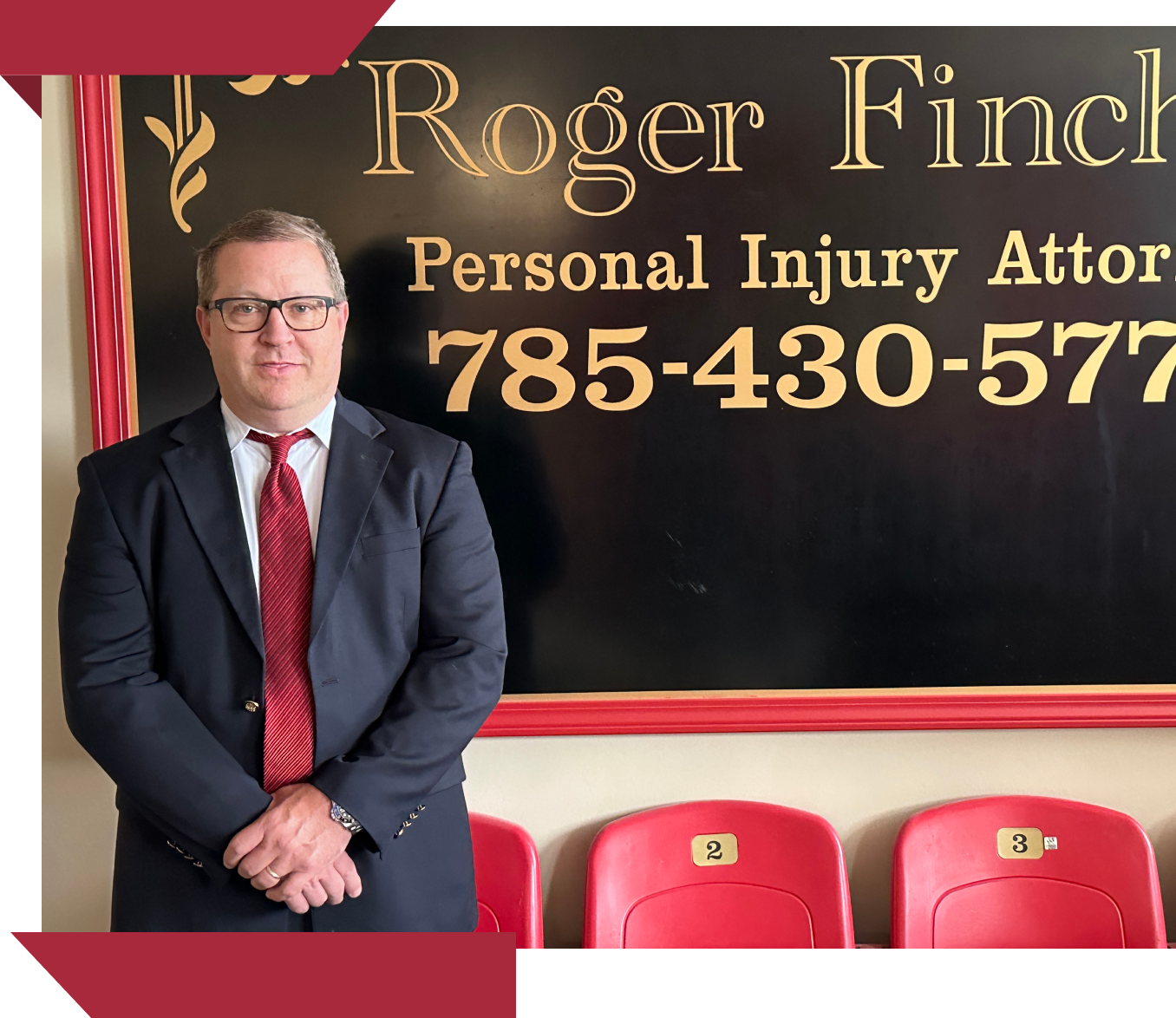
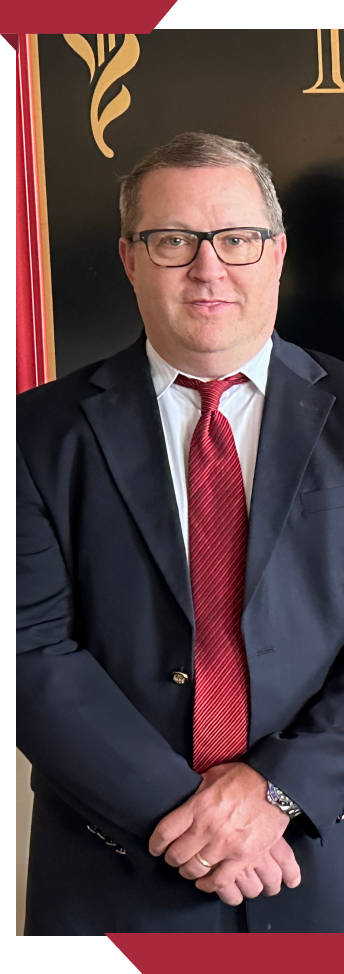

How Can We Help You?
How Can We
Help You?
Schedule a Free Consultation Now By Contacting
Our Team at (785) 430-5770 or by completing the form below
Schedule a Free Consultation Now
By Contacting Our Team
at (785) 430-5770
"*" indicates required fields